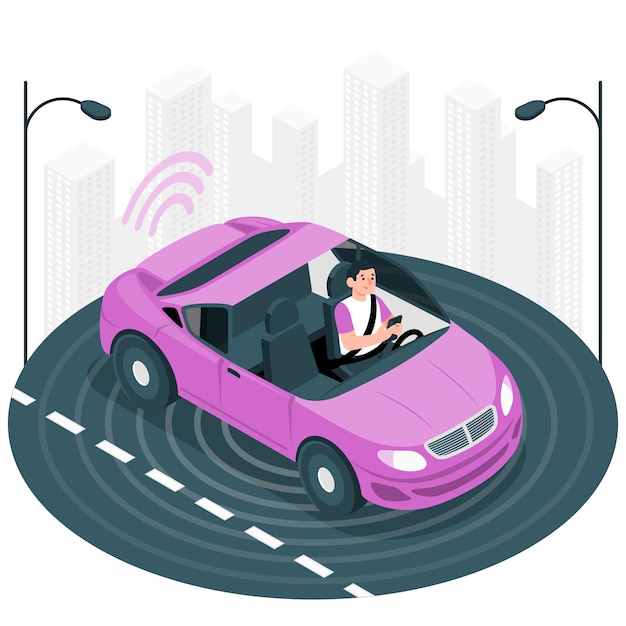Illuminate Your Journey: Ensure Safe Driving

Stefan Grötsch and Thomas Christl from Osram Opto Semiconductors discuss how LEDs are speeding up the adoption of smart lighting functions. Lighting and driving safety have always been linked. Nowadays, smart and autonomous lighting applications—both visible and invisible—are enhancing safety and driving comfort. In this context, LEDs and optoelectronics are becoming increasingly important.
Advancements in LED technology are also offering new design possibilities and lowering system costs. As a result, intelligent lighting features, like adaptive light systems, are becoming attractive to more buyers.
LEDs and optoelectronics are now used in various vehicle applications, including display, interior and exterior lighting, as well as infrared light and sensors for safety and driver-assistance systems. Visibility is a key aspect of road safety.
In many countries, it’s mandatory to drive with lights on at all times because accidents often stem from poor lighting. Laws in places like Sweden, Italy, and Hungary require automatic lighting systems because manual operation is prone to errors and lapses. For instance, TÜV Süd notes that many drivers rarely use their high beams. TÜV experts regard glare-free high beams as a significant innovation in automotive lighting over the past few years.
Another noteworthy development is adaptive headlamps. These lights adjust their direction based on the road curve, automatically lighting the way with bright, precision-controlled beams while avoiding glare for other drivers.
Multichip LEDs have driven these advanced lighting systems forward, and advances in multi-pixel LED technology are pushing the envelope even further.
These adaptive headlamps set new standards for headlamp systems, such as adaptive front-lighting systems (AFS) and adaptive driving beams (ADB). They ensure optimal visibility and lighting conditions automatically, reducing accidents and enhancing driver comfort by eliminating the need for manual light adjustments.
LED technology simplifies the implementation of these intelligent headlamp systems. Unlike older mechanical pivoting systems, LED headlights only need their individual chips to be selectively turned on and off by an intelligent controller. This controller uses several sensors to adjust the lighting, creating a glare-free high beam by turning off specific regions of the light beam based on the driving situation and the positions of other road users. It can also generate dynamic cornering, turning lights, or marker lights to highlight potential obstacles.
Using several LEDs with individually controllable chips allows for even more precise shielding of other road users, while still fully illuminating the intermediate areas.
Recent generations of LEDs are smaller, offering more flexibility in headlamp design. Besides miniaturization, advancements in other areas have made LEDs more affordable, bringing adaptive lighting within reach for a broader market. In particular, the introduction of cheaper surface-mount technology means adaptive lighting is no longer exclusive to luxury vehicles.